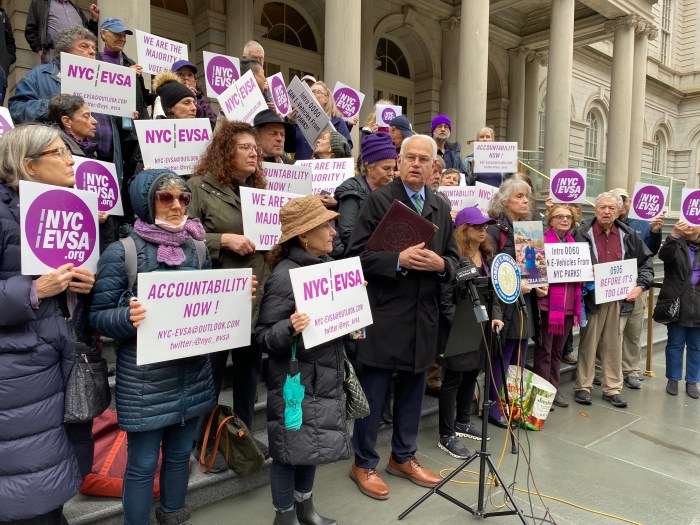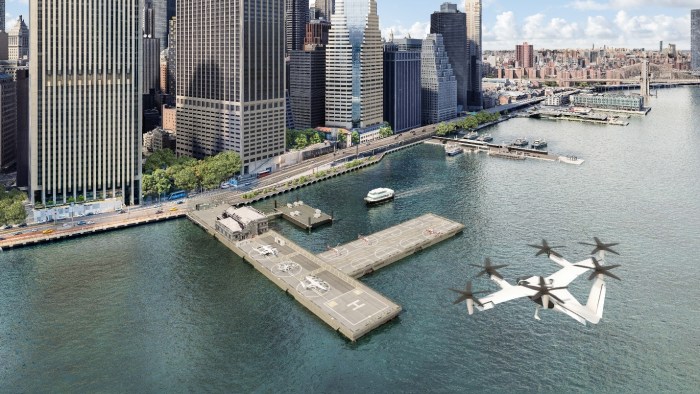
New York commuters have another app to help them navigate the city’s transit system.
Pigeon, a free app currently only available for Apple products, uses crowdsourcing to give commuters real-time information about subways, buses, commuter rails, ferries and the PATH.
The app, created by Google’s experimental workshop Area 120, originally launched in September 2018 with subway information but has now expanded to the other forms of transportation.
Users can report issues such as delays, crowds, rerouted trains, station closures and elevator outages. Pigeon then uses the reports in concert with open transit data to help users choose their route. Commuters also can submit reports about dangerous or dirty conditions or even recommend subway performers.
“By crowdsourcing reports about public transit, Pigeon seeks to make it easier for New Yorkers to figure out the best way to get from point A to point B in real-time,” Pigeon co-founder Laura Rokita said in a statement.
Travelers who regularly provide updates can earn the status of “Transit Hero,” which comes with access to the team behind the app and free Pigeon swag.
Though the app is only available to iOS users now, Google says it hopes to bring it to Android soon. It also will launch in San Francisco and Chicago later this year, the company said.
The MTA, which operates four of the seven transit sources on Pigeon, said in a statement that it welcomes “any credible effort” to provide commuters with accurate information, but reminded riders about its own platforms.
“The latest and most accurate service change information, including live one-on-one customer service, is available on the MTA’s digital channels including the MYmta app, mta.info and Twitter, but we welcome any credible effort to give riders additional accurate information to supplement our tools,” spokesman Shams Tarek said in a statement. “A foundation of the MTA’s digital strategy is to share open data with developers who are free to use it in innovative ways that are helpful to our customers.
"While we work to improve our own tools with in-house expertise and the Transit Tech Lab initiative, we also work closely with third parties to help their products be as accurate and up to date as possible.”
Both iOS and Android users have access to the MYmta app, which has information on the subways, buses, LIRR and MetroNorth. There also are several other third-party transit apps, such as Mapway and Transit App.
Google also includes public transit schedules, as well as predictions on how crowded a train or bus is likely to be, on its Maps app.




































